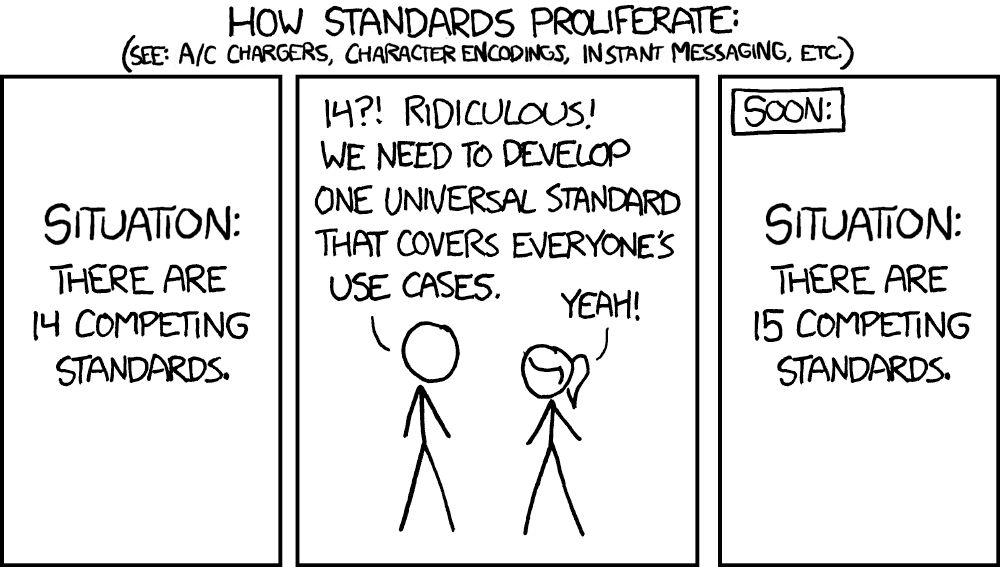I’m amused that MR has its own thread on this general topic though instead it’s framed as “Apple is behind so they should just give up and use Nvidia GPUs instead”.

However there are actually some good discussions going on there (
@leman,
@theorist9,
@diamond.g and a few others managed to steer it in a more productive direction) - mostly what we’ve already discussed here but a couple of other interesting tangents.
One thing I wouldn’t mind is if Apple added the ability to do PCIe (+ thunderbolt) pass through for VMs. We could hook up an eGPU or on the Mac Pro dGPU and use it directly in VMs. Linux has that. This may not be a priority to Apple or even against their interests I don’t know, but I think it would be a very useful tool.
One of the better tangents in that earlier thread was why is AMD so far behind Nvidia? In a word: software (and a bit hardware too). AMD simply lacks the ability to develop and maintain all the drivers and software for even its own product stack. In contrast, Nvidia’s software division is massive. Again the joke repeated here:Nvidia is a software company masquerading as a hardware company.
To clarify a couple of points
@theorist9 and
@leman I haven’t delved too deeply into it but from what I can see ZLUDA is built on top of HIP/ROCm where HIP was meant to be nearly identical to CUDA, ZLUDA is just CUDA. Unclear if AMD has hardware parity with Nvidia, I don’t think they do. Rather it’s just that just like earlier Nvidia processors might be supported by CUDA12 but not be able to support every feature in it, same is probably true for AMD processors.

